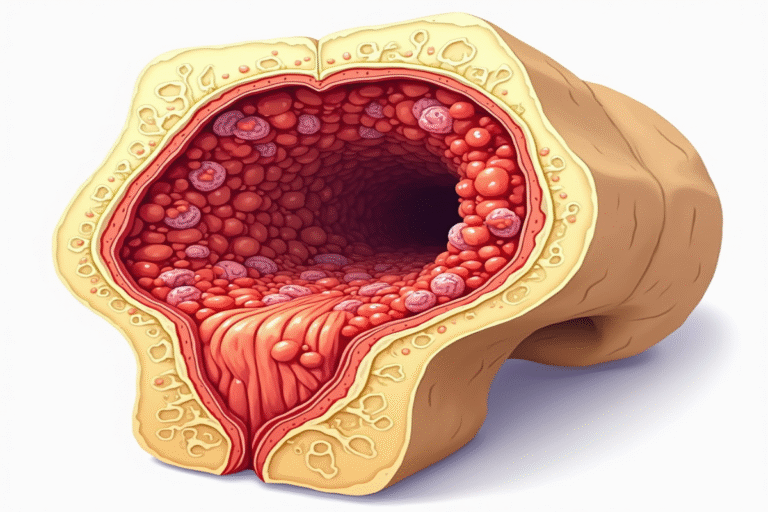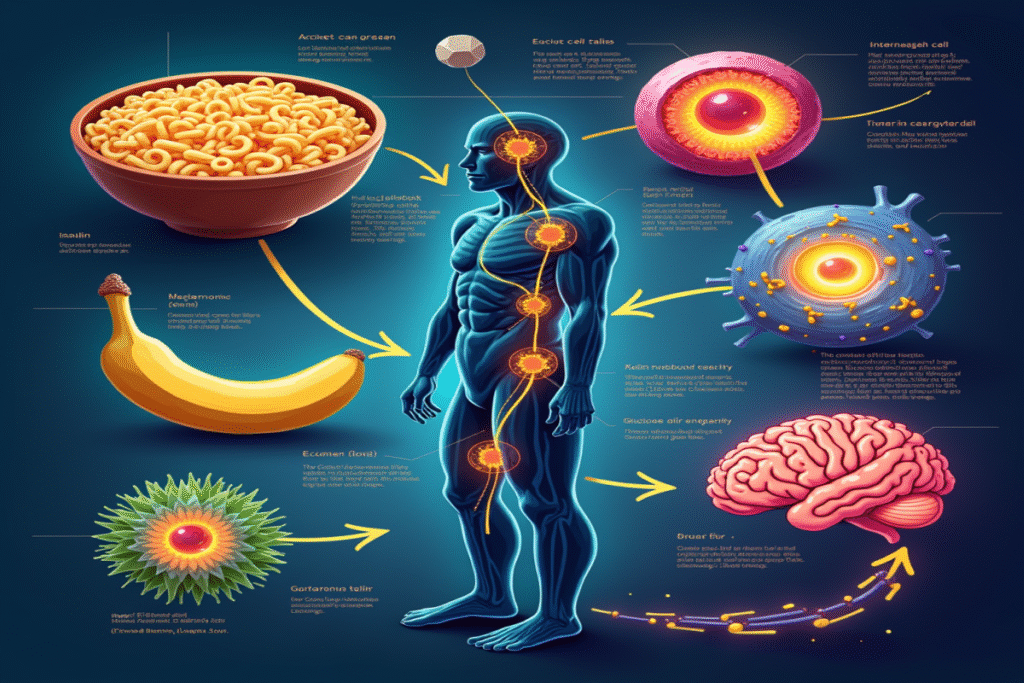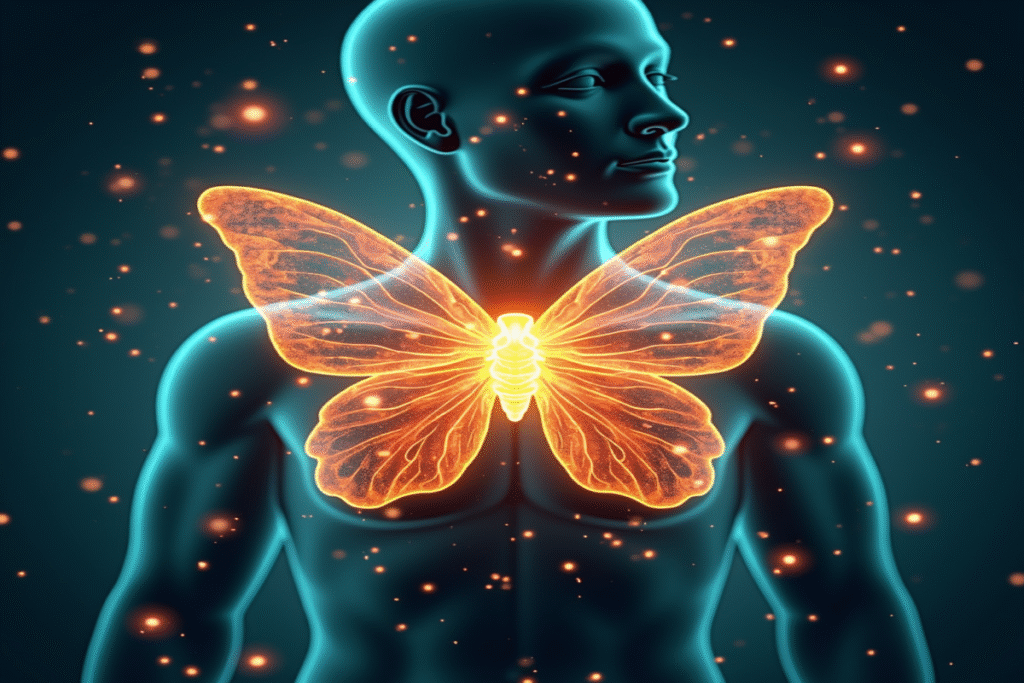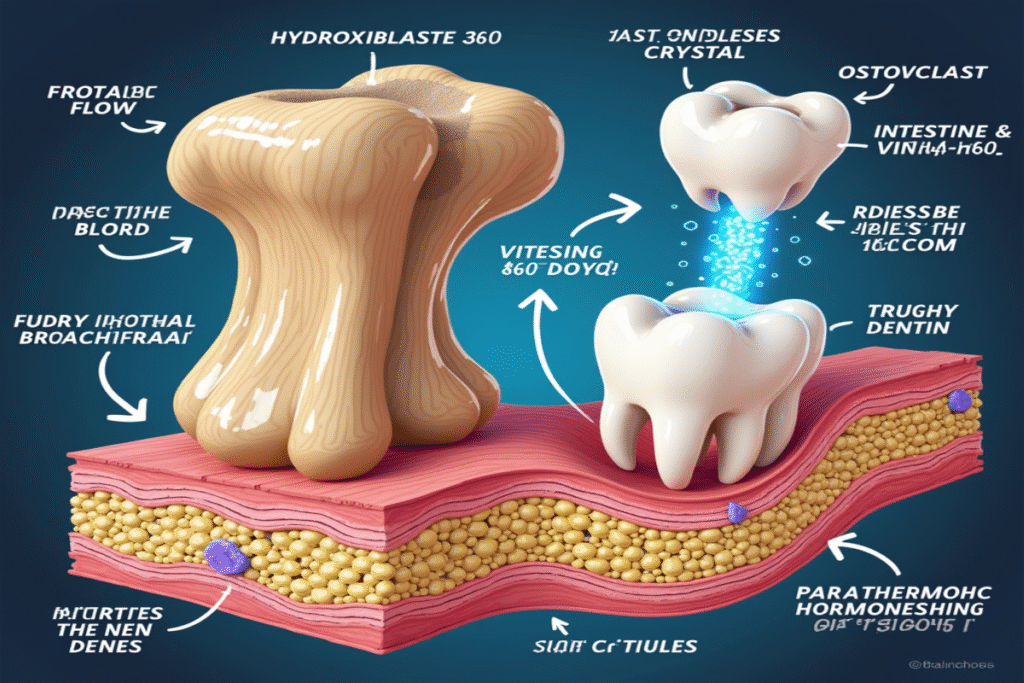Inside your bones lies an incredible biological factory that most people rarely think about. While we often consider bones simply as the structural framework holding us upright, they’re actually dynamic organs performing one of the body’s most crucial functions: creating blood cells.
The Remarkable Bone Marrow: Your Body’s Hidden Blood Factory
Nestled within the hollow centers of your bones is a soft, spongy tissue called bone marrow. This remarkable substance comes in two varieties: red marrow, which actively produces blood cells, and yellow marrow, which contains mostly fat cells.
In newborns, nearly all bones contain blood-producing red marrow. As we age, this red marrow becomes concentrated in flat bones like the pelvis, sternum, skull, ribs, vertebrae, and shoulder blades, along with the ends of long bones such as the femur and humerus.
Every day, your bone marrow produces about 200 billion red blood cells, 10 billion white blood cells, and 400 billion platelets. That’s over 600 billion new cells daily!
Hematopoiesis: The Blood-Making Process
The scientific term for blood cell production is hematopoiesis, and it begins with special cells called hematopoietic stem cells. These remarkable cells have two crucial abilities:
- They can self-renew, maintaining their population.
- They can differentiate into any type of blood cell.
These stem cells follow different developmental pathways, eventually becoming specialized blood cells through a complex process of division, maturation, and differentiation. This transformation requires dozens of growth factors, hormones, and environmental cues that guide the cells toward their final fate.
Your Marrow’s Incredible Products
Red Blood Cells (Erythrocytes)
These oxygen-carrying cells are produced at the astonishing rate of 2-3 million per second. Each red blood cell lives for about 120 days before being recycled, meaning your body must constantly create new ones to maintain the roughly 25 trillion red blood cells circulating through your body.
What makes this even more remarkable is that mature red blood cells lack a nucleus, allowing them to pack in more oxygen-carrying hemoglobin and squeeze through tiny capillaries. Before leaving the bone marrow, these cells eject their nucleus—a unique adaptation that optimizes their function.
White Blood Cells (Leukocytes)
Your immune system’s defenders come in many forms, each with specialized roles. From neutrophils that engulf bacteria to lymphocytes that coordinate immune responses and produce antibodies, these cells form your body’s defense force against infections.
Unlike red blood cells, white blood cells can leave the bloodstream to travel into tissues, allowing them to reach infection sites anywhere in the body.
Platelets (Thrombocytes)
These cell fragments are essential for blood clotting. When you cut yourself, platelets rush to the site, sticking together to form a plug while releasing chemicals that advance the clotting process. Your marrow produces about 100 billion platelets daily, with each surviving 8-10 days.
A Finely Tuned Control System
How does your body know how many of each blood cell to produce? The answer involves an elegant feedback system:
- When oxygen levels drop, your kidneys release erythropoietin (EPO), stimulating red blood cell production.
- During infections, signals trigger increased white blood cell production.
- Low platelet counts prompt the liver and kidneys to release thrombopoietin, boosting platelet production.
This delicate balance ensures you always have the right mix of blood cells for your current needs.
The Medical Marvel of Bone Marrow
The critical importance of bone marrow becomes most clear in medical contexts. Bone marrow transplants can be lifesaving treatments for people with blood cancers like leukemia or lymphoma. The procedure essentially replaces a damaged blood cell factory with a healthy one, allowing patients to produce normal blood cells again.
Bone marrow donation involves either a surgical procedure to extract marrow from the pelvic bone or a non-surgical process called peripheral blood stem cell donation, where stem cells are filtered from the donor’s bloodstream after medications cause them to move from the marrow into the blood.
Fascinating Bone Marrow Facts
- An adult’s bone marrow weighs approximately 4-5% of total body weight—about 2.6 kg (5.7 lbs).
- Your bone marrow will produce roughly 5.5 quadrillion blood cells over your lifetime.
- Marrow contains some of the body’s most rapidly dividing cells.
- The red color of bone marrow comes from its rich blood vessel network and high content of hemoglobin-bearing cells.
- Beyond blood diseases, bone marrow stem cells show promise for treating conditions like heart disease and neurological disorders.
The next time you think about your skeletal system, remember it’s not just providing structural support—it’s housing a complex network of cellular factories that create the very essence of what keeps you alive: your blood. This remarkable system represents one of evolution’s most elegant solutions, working silently throughout your lifetime to maintain your body’s vital functions.





